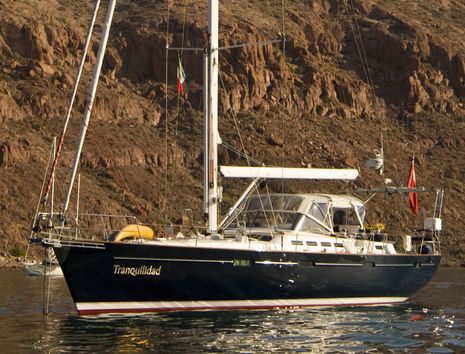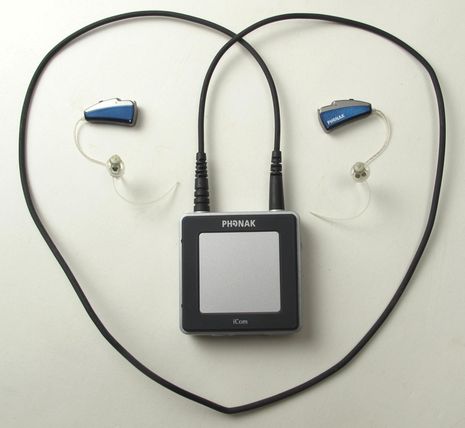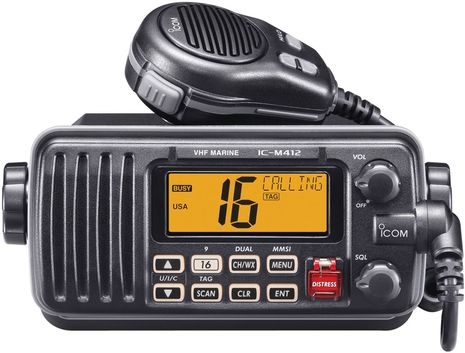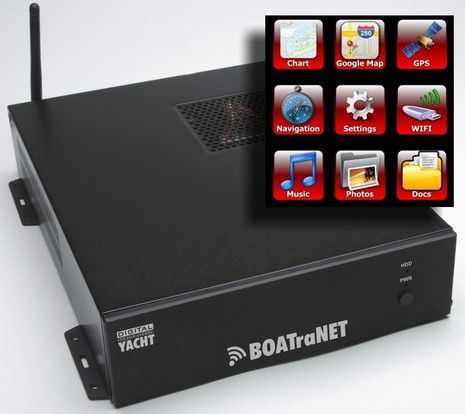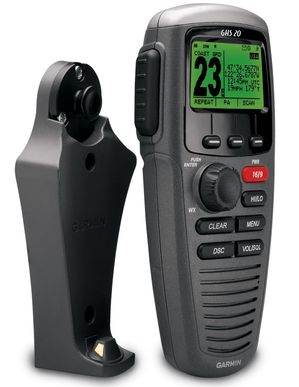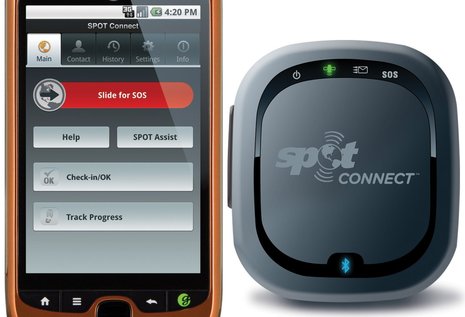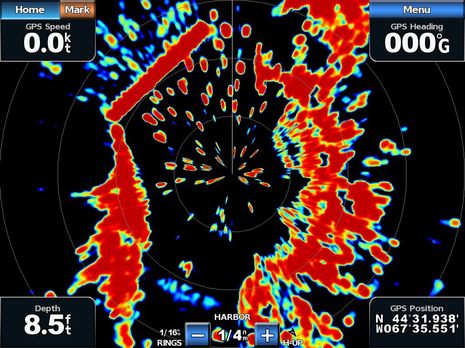NMEA 2000 bridges #2, Jeremy’s experiments
I think you’re going to be amazed at how many NMEA 2000 sensors and displays Jeremy Anwyl has managed to install on his lovely sloop Tranquilidad, but probably not surprised that they haven’t all played together perfectly. In fact, when I wrote the first entry on N2K bridges I joked that Jeremy’s soon-to-come guest entry on the subject might be sub-titled “One brave man’s experiment with a CANbus bridge, and the issues that drove him to it!” The publishing delay is entirely the fault of your easily distracted editor, but the good news is that Tranquiladad did some cruising over the holidays and Jeremy has more testing results he can add to the comments that will no doubt follow his initial bridge experimentations…



